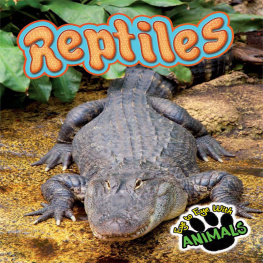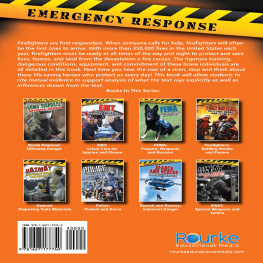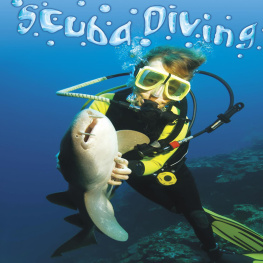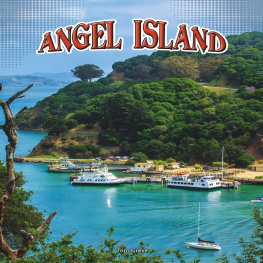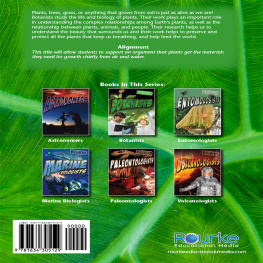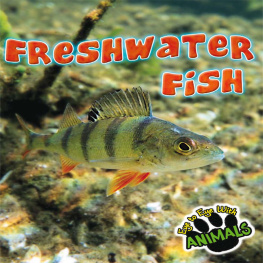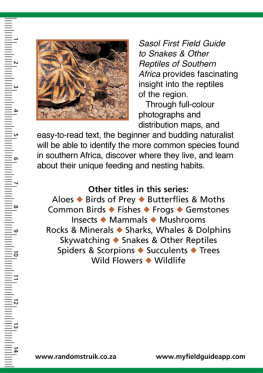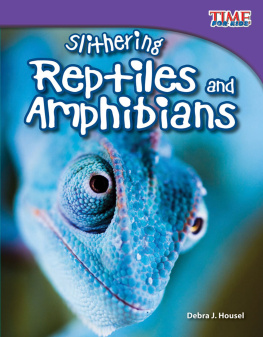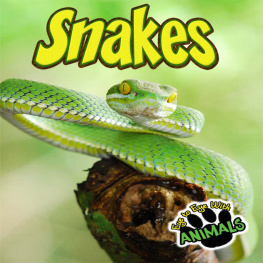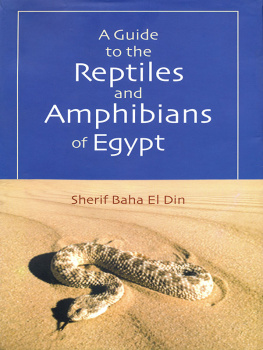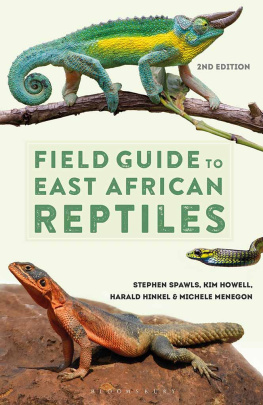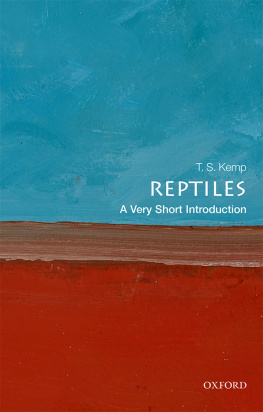Table of Contents
Guide
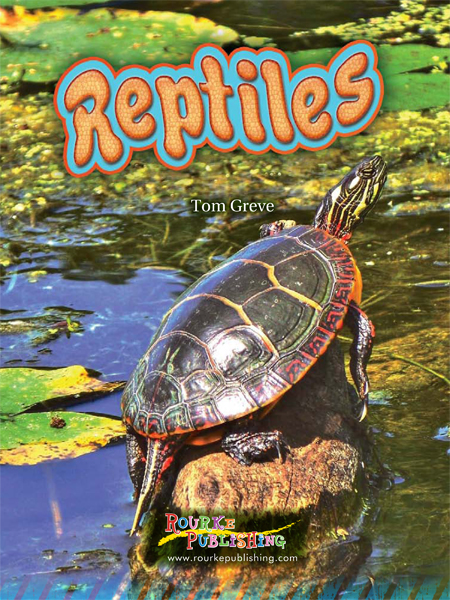
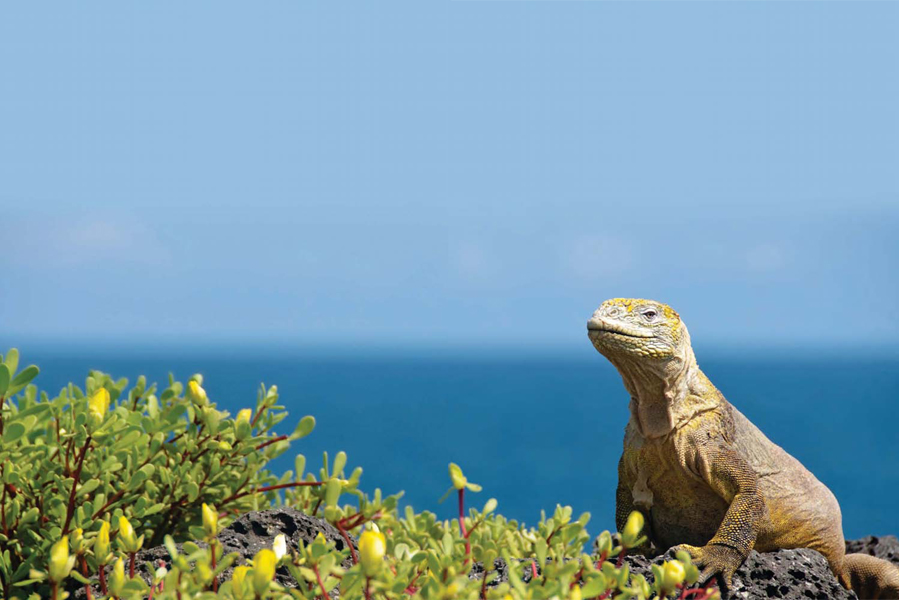
2012 Rourke Publishing LLC
All rights reserved. No part of this book may be reproduced or utilized in any form or by any means, electronic or mechanical including photocopying, recording, or by any information storage and retrieval system without permission in writing from the publisher.
www.rourkepublishing.com
PHOTO CREDITS: : drbimages
Edited by Precious McKenzie
Cover Design by Renee Brady
Interior Design by Tara Raymo
Library of Congress Cataloging-in-Publication Data
Greve, Tom
Reptiles / Tom Greve.
p. cm. -- (Eye to Eye with Animals)
ISBN 978-1-61741-775-7 (hard cover) (alk. paper)
ISBN 978-1-61741-977-5 (soft cover)
Library of Congress Control Number: 2011924820
Rourke Publishing
Printed in the United States of America, North Mankato, Minnesota
091610
091510LP-B

Post Office Box 643328 Vero Beach, Florida 32964
Chapter 1
Radical Reptiles
They are cold-blooded crawlers with tough skin and a backbone. on Earth. But what reptiles have really mastered is the art of pacing themselves.

Reptiles are ectothermic which means they depend on the Sun for warmth and shade or water for cooling off. This also means they dont need to constantly eat in order to produce energy to stay warm.
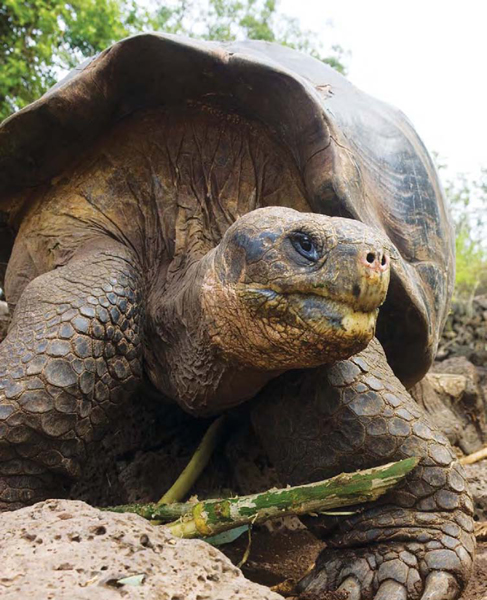
Galapagos tortoises have two speeds: slow and stop. What they lack in quickness they make up for in longevity. They can live to be more than 100 years old.Because they were hunted as a food source for sailors in centuries past, they are now an endangered species.
RADICAL REPTILES
Found nowhere else on Earth besides the Galapagos Islands in the Pacific Ocean, the Galapagos tortoises look and behave differently based on which island they live on. This .
There are four major classes of living reptiles. Within these four groups there are many smaller divisions of While they may have slightly different habitats, diets, and survival skills, they are all reptiles.
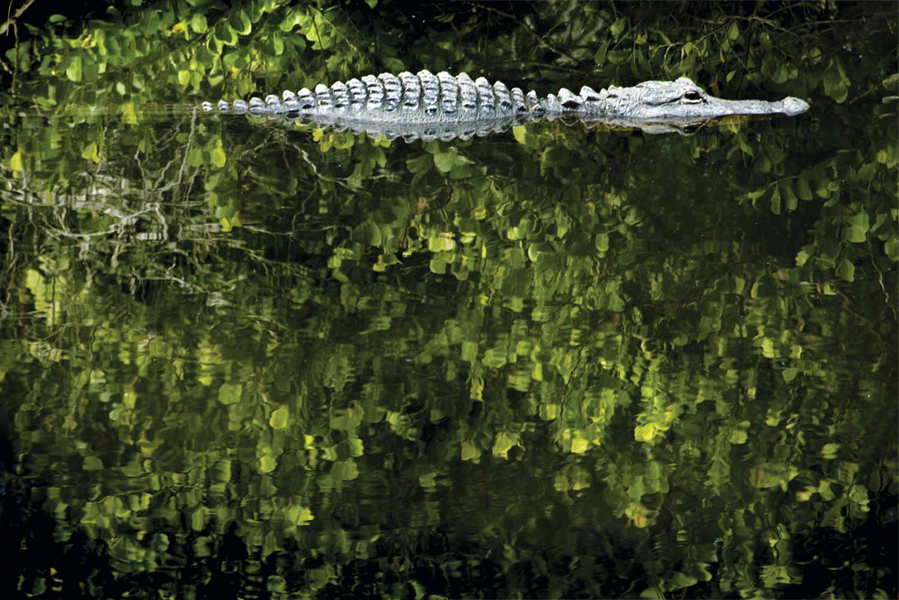
Types of Reptiles
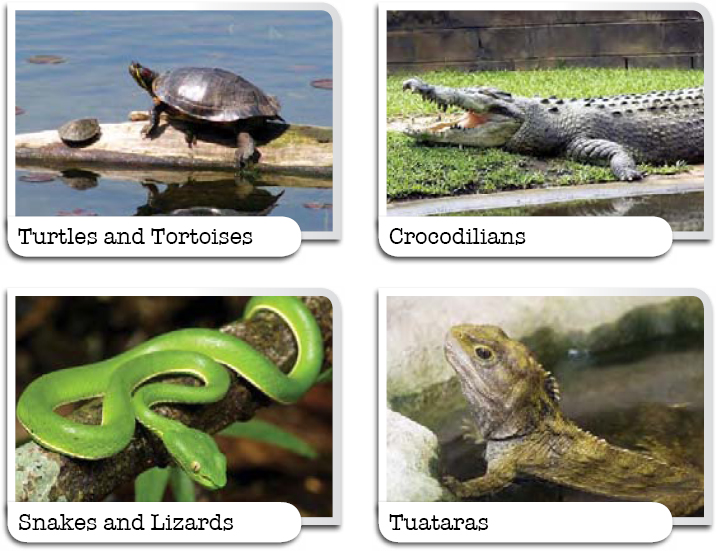
Reptiles generally live in warmer . They can live in or near oceans, rivers, swamps, jungles, and even deserts.
Reptile Range
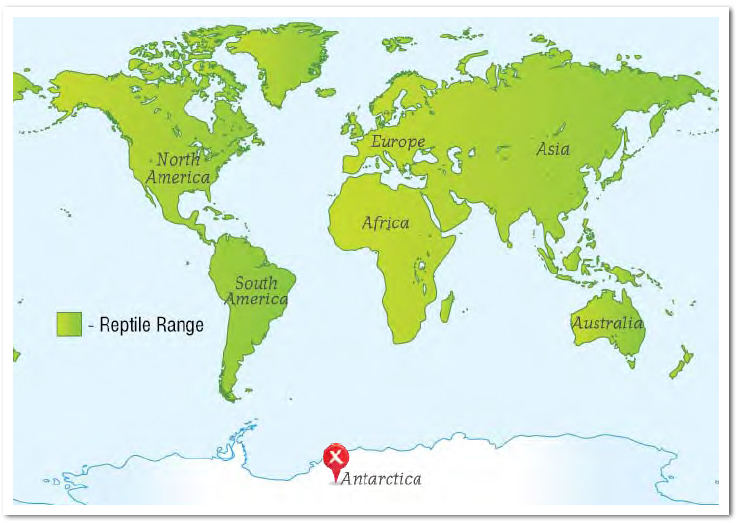
Reptiles can be found on every continent on Earth except for Antarctica. It is too cold for reptiles to survive in Antarctica.
Chapter 2
Talking about Turtles
Turtles and tortoises have a bony shell. Some species live on land while others prefer the water. Some eat plants while others eat animals. All turtles and tortoises lay eggs and usually bury the eggs to protect them from predators until they hatch.
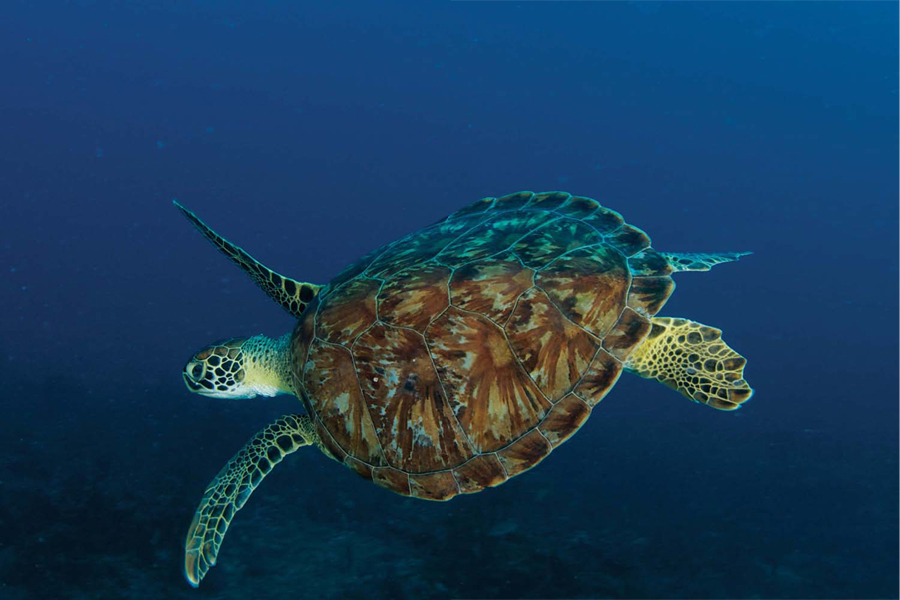
Unlike land-based tortoises and turtles, sea turtles have large front flippers for swimming. Even though they breathe air like we do, sea turtles can stay beneath the surface for long stretches of time.
The shells of turtles and tortoises are used as protection against predators. They pull their head as well as their legs or flippers inside the shell when they feel threatened.
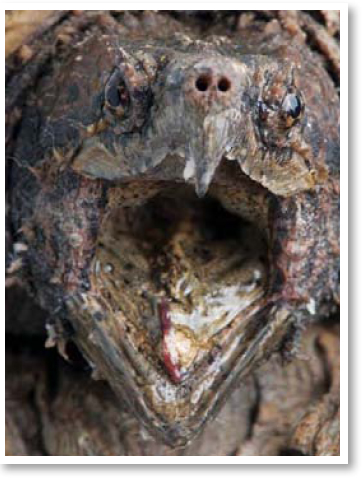
Instead of teeth, turtles and tortoises have hard-edged jaws thatcut the plants or animals they eat.
Chapter 3
Cagey Crocs
Crocodilians are the largest and most dangerous types of reptiles. The crocodilian family includes crocodiles, alligators, caimans, and gharials. Theyre all with incredibly powerful jaws. They all lay eggs and spend long days sunning themselves in between their meals.
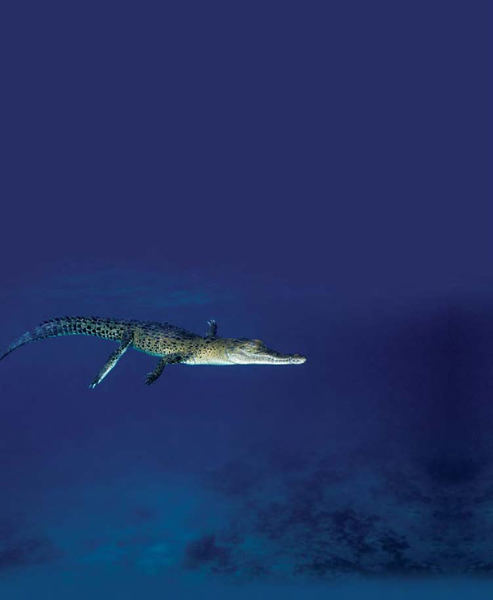
RADICAL REPTILES
Saltwater crocodiles are the only crocodilian reptile known to inhabit the open ocean. Theyve been spotted hundreds of miles from shore.
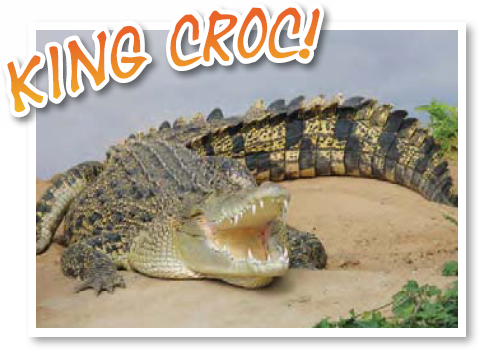
The saltwater crocodile is the largest of all crocodilians. They can grow to be 23 feet (7 meters) long and weigh more than a ton (1,000 kilograms).
Patient hunters, crocodilians attack with incredible ferocity. They can kill and eat as large as horses or cattle. But once they succeed in getting a meal, they wont need another for weeks or even months.
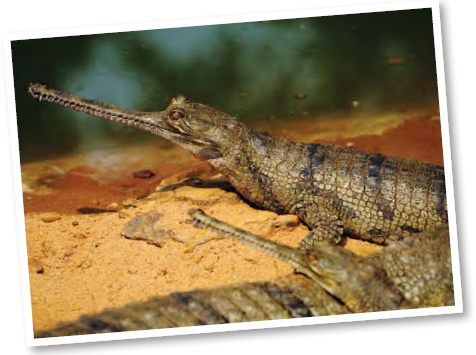
Due to humans moving into their habitat, gharials, or fish-eating crocodiles, are now an endangered species. They are found in the wild only in parts of India and Nepal.They are identifiable by their long, narrow snouts.
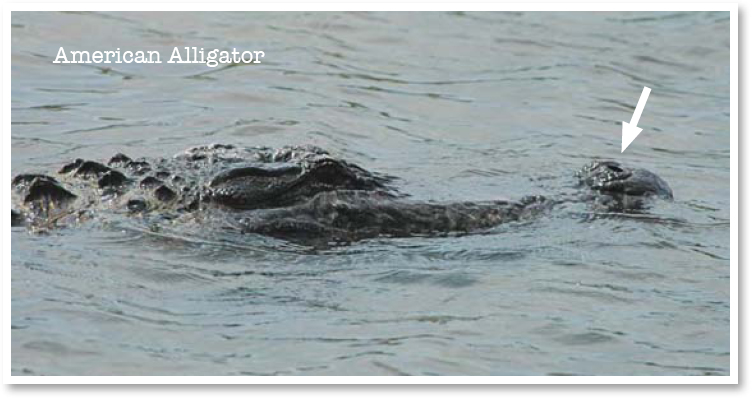
Like all reptiles, crocodilians have adapted to their habitat. The nostrils atop their snout allow them to breathe while they hide underwater looking for prey on the shore.
Chapter 4
Slithering Snakes and Lizards
Mysterious and
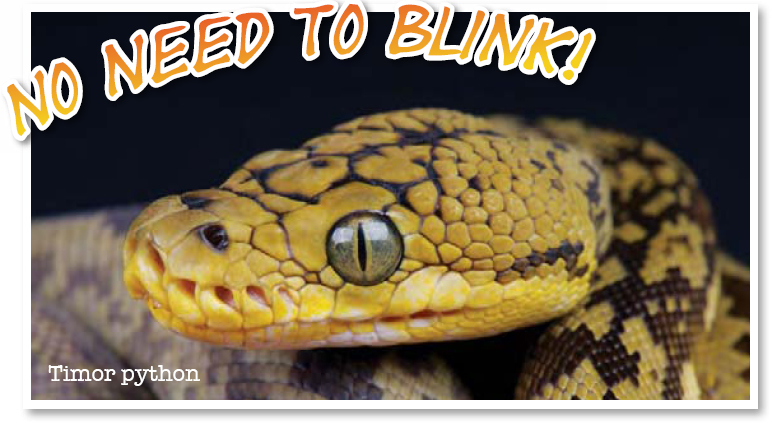
Snakes never close their eyes. Instead of moveable eyelids, they have a special clear lens to keep their eyes moist and protected.
Perhaps no single species of reptile has as many survival tricks up its scaly sleeve as the chameleon.
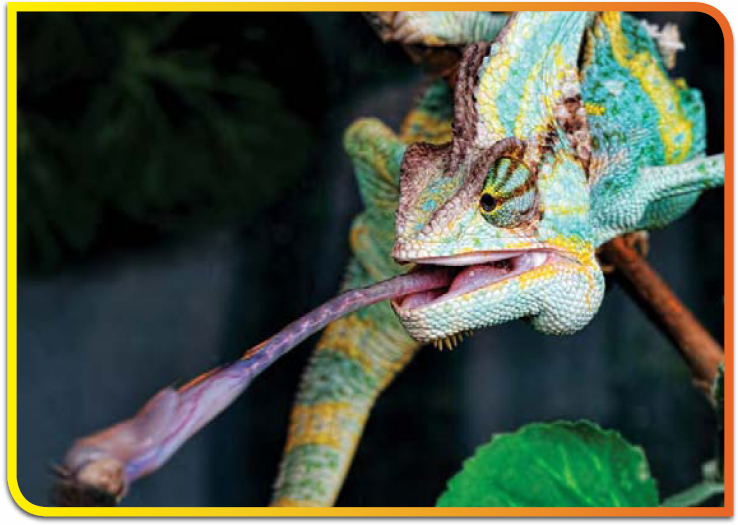
When hunting for insects to eat, chameleons make up for a lack of quickness by using an incredibly long, sticky tongue which they throw to catch prey in a heartbeat, like a retractable no-pest strip.

